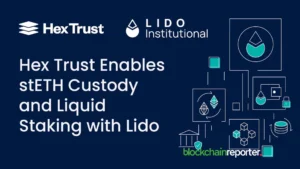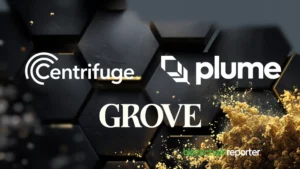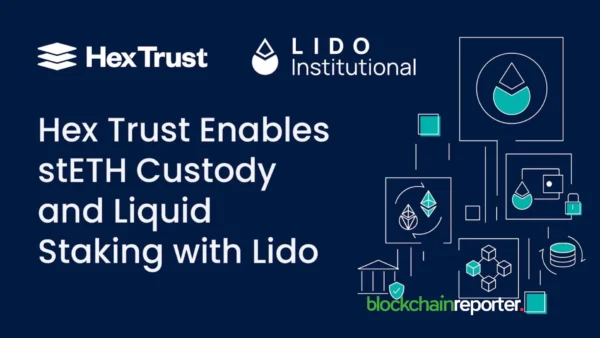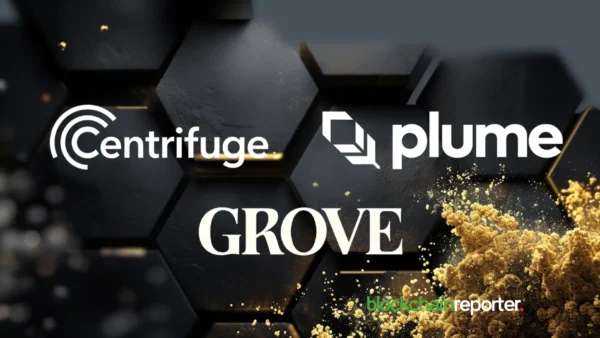
Introduction
Decentralized Finance, commonly known as DeFi, and traditional finance or centralized finance, are the two main systems governing our world’s economic structures. While traditional finance has been around for centuries, DeFi is a product of the recent surge in blockchain technology and digital currencies. This article aims to delve deep into the differences, advantages, and disadvantages of DeFi and traditional finance.
What is Traditional Finance?
Traditional finance refers to the longstanding financial system that involves intermediaries like banks, credit unions, and insurance companies in transactions. This system operates under the regulatory purview of governments and international economic bodies. Functions like loans, deposits, insurance, investments, and asset management all take place through these centralized institutions.
Traditional finance is tried and tested, offering stability, security, and efficiency for large scale operations. Moreover, these institutions have put in place risk management practices and are protected by government insurance schemes like the FDIC in the US.
However, traditional finance comes with its own set of challenges. Banks charge fees for services, limit access to financial products based on creditworthiness, and require a significant amount of personal information. Moreover, the banking system has often been criticized for its lack of transparency, high costs, and the exclusion of a large part of the population who do not have access to basic financial services.
What is DeFi?
DeFi is an umbrella term encompassing financial applications in cryptocurrency or blockchain geared toward disrupting financial intermediaries. DeFi platforms aim to create an open-source, permissionless, and transparent financial service ecosystem available to everyone. These platforms offer services similar to traditional banks but without the need for intermediaries.
DeFi operates on smart contracts, which are self-executing contracts with the terms of the agreement directly written into code. This allows DeFi applications to run autonomously on the blockchain without a central authority. The most common blockchain for DeFi is Ethereum, but other blockchains like Binance Smart Chain and Polkadot are also used.
DeFi has its own set of advantages. It offers financial inclusivity, irrespective of location or creditworthiness. Moreover, transactions are quick, often less expensive, and are available 24/7. DeFi’s transparency is another major benefit, as anyone can verify transactions on the blockchain. It also provides opportunities to earn interest on crypto holdings through yield farming and liquidity mining.
Despite its promise, DeFi is not without risks and challenges. Smart contracts, while powerful, are only as good as their code. Coding errors can lead to exploits and loss of funds. Additionally, DeFi’s regulatory landscape is uncertain, creating potential legal risks. Furthermore, as a still maturing technology, DeFi can be hard to use for those not tech-savvy, and there is a risk of losing access to funds if private keys are lost.
Comparative Analysis: DeFi vs Traditional Finance
Accessibility
While traditional financial institutions restrict access based on geographical location, credit history, and wealth, DeFi prides itself on democratizing finance. Anyone with internet access can participate in the DeFi ecosystem, offering opportunities for financial inclusion to the unbanked or underbanked population.
Transparency
Traditional finance has often been criticized for its lack of transparency. Hidden fees, complex terms and conditions, and decision-making processes are seldom fully disclosed. On the other hand, DeFi applications operate on public blockchains, ensuring transparency. Every transaction is recorded on the blockchain, which is open for anyone to verify.
Security
In traditional finance, security is ensured through regulatory oversight and insurance schemes. However, individual accounts can still be a target for fraud. DeFi uses cryptography for security, and since it’s decentralized, there’s no central point of failure. However, smart contracts vulnerabilities can lead to massive losses, and in the current state, there is no guaranteed way to recover stolen or lost funds in DeFi.
Efficiency and Speed
Traditional financial systems can sometimes be slow due to the need for manual intervention or the sheer number of transactions. International transfers can take days to settle. DeFi, powered by blockchain technology, can process transactions relatively quickly, irrespective of the transaction’s geographical location. The speed, however, can be affected by network congestion and scalability issues present in some blockchains.
Control and Privacy
Traditional finance requires users to trust third parties with their money and personal information. Banks have control over who can open an account, how money can be spent, and when access to money is granted. On the other hand, DeFi gives full control to the users over their funds and information. Users interact with smart contracts directly, reducing the need to share personal information. However, it’s important to note that transactions on a public blockchain can be traced, so DeFi is pseudonymous rather than completely anonymous.
Regulation
Traditional finance is heavily regulated, offering protection to consumers but also limiting innovation and inclusion. DeFi, in contrast, operates in a grey area. While this lack of regulation allows for rapid innovation, it also means users lack the safeguards present in traditional finance. Regulatory bodies across the world are still figuring out how to deal with DeFi and other blockchain-based innovations.
Interest Rates
Interest rates in traditional finance are generally low, often below inflation rates. DeFi platforms, on the other hand, can offer significantly higher rates due to the elimination of middlemen, efficiency of smart contracts, and novel mechanisms like yield farming and liquidity mining. However, these rates can be volatile and are often associated with higher risks.
Innovation
DeFi is currently outpacing traditional finance in terms of innovation because of its open-source nature and composability (the ability to combine different DeFi products). New financial products and services are being developed at an unprecedented rate in the DeFi space. Traditional finance, with its rigorous regulatory requirements and legacy systems, has been slower to innovate.
Conclusion
DeFi and traditional finance represent two ends of the financial spectrum: one is a well-established, regulated system that has been the bedrock of global economics, and the other is an innovative, inclusive, and transparent system still in its nascent stage. Both systems have their advantages and disadvantages, and neither is a universal solution for all financial needs.
The future might see a convergence of these two systems, combining the regulatory safeguards and stability of traditional finance with the inclusivity, transparency, and potential of DeFi. As DeFi matures and traditional finance embraces digitization, the resulting financial landscape could be more efficient, accessible, and user-friendly. The intersection of DeFi and traditional finance promises a fascinating era for global economics and individual financial freedom.
It’s important to remember that while DeFi offers exciting opportunities, it also carries significant risks. Therefore, anyone considering entering the DeFi space should do so with caution, armed with adequate knowledge and understanding.
READ MORE:
Tectonic (Tonic) Crypto – The New Frontier in Decentralized Finance
How Can Features of Blockchain Support Sustainability Efforts
Lucid Stock Price Prediction 2025: Can LCID Stock Recover Amid Bearish Sentiment?
Wrapped LUNA Classic (WLUNC) Price Prediction
Xxc Renegade 1000 Xxc Price Prediction: Will This ATV Gain Popularity In 2023?
Frequently Asked Questions
What is traditional finance?
Traditional finance refers to the longstanding financial system involving intermediaries such as banks, credit unions, and insurance companies that operate under the regulatory purview of governments and international economic bodies.
What is Decentralized Finance (DeFi)?
Decentralized Finance, or DeFi, refers to financial applications in cryptocurrency or blockchain that aim to disrupt financial intermediaries. These platforms offer financial services similar to traditional banks but without the need for intermediaries.
How does DeFi differ from traditional finance in terms of accessibility?
Traditional financial institutions can restrict access based on geographical location, credit history, and wealth, whereas DeFi aims to democratize finance by making it accessible to anyone with internet access.
What are the security concerns in DeFi and traditional finance?
Traditional finance ensures security through regulatory oversight and insurance schemes, but individual accounts can be targeted for fraud. DeFi uses cryptography for security, but smart contract vulnerabilities can lead to significant losses.









